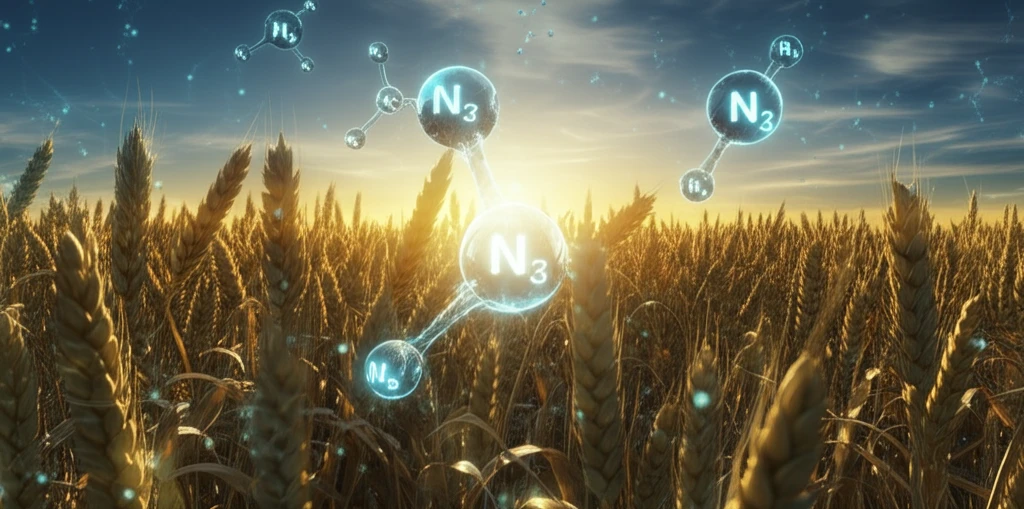
Unlock Wheat's Potential: How Understanding Grain Composition Can Boost Your Harvest
"Dive into the genetic factors influencing wheat yield and protein content to optimize your farming practices."
For farmers and agricultural enthusiasts, the quest for higher yields and better quality crops is never-ending. Two of the most critical factors in wheat production are grain yield and grain protein concentration. Grain yield is the primary determinant of a farmer's income, while grain protein concentration is crucial for bread quality and nutritional value.
The interplay between genetics and environmental factors makes optimizing these traits a complex challenge. While genetic variation exists for both grain yield and protein concentration, understanding how these traits are inherited and influenced by cultivation practices is key to unlocking wheat's full potential.
Recent research has delved into the genotypic variability of nitrogen (N) concentration and dry weight in different wheat plant parts, aiming to uncover the hidden connections between these factors and overall grain yield and protein concentration. By understanding these relationships, breeders and farmers can make informed decisions to improve wheat production.
What Role Does Nitrogen Play in Maximizing Wheat Production?

Nitrogen is a critical nutrient for wheat growth, influencing both yield and protein content. Research indicates that the concentration of nitrogen in various plant parts, such as the shoot, roots, and grains, can vary significantly among different wheat genotypes. This variability presents an opportunity to select and breed wheat varieties that are more efficient in nitrogen uptake and utilization.
- Grain Weight (GW): The weight of the grain, a key indicator of yield.
- Grain Nitrogen Concentration (GNC): The percentage of nitrogen in the grain, reflecting protein content.
- Root Nitrogen Concentration (RNC): The percentage of nitrogen in the roots, influencing nutrient uptake efficiency.
- Shoot Nitrogen Concentration (SNC): The percentage of nitrogen in the shoot, affecting overall plant growth.
- Root Weight (RW): The dry weight of the roots, important for nutrient absorption.
- Shoot Weight (SW): The dry weight of the shoot, indicating vegetative biomass.
How Can You Apply These Findings to Your Wheat Farming Practices?
In conclusion, a comprehensive understanding of the genotypic variation in dry weight and nitrogen concentration can lead to significant improvements in wheat production. By selecting and breeding wheat varieties with desirable traits, farmers can enhance grain yield, increase protein content, and develop cultivars that are well-suited to specific environmental conditions. The key is to consider the balance between biomass, nitrogen allocation, and genetic potential to optimize wheat production for both yield and quality.
